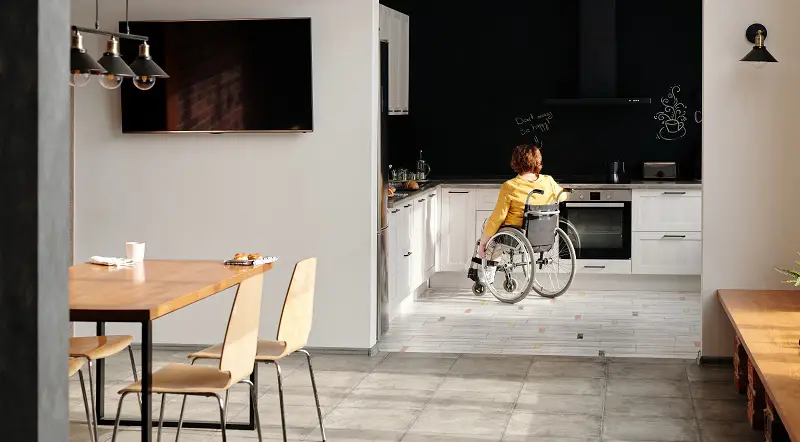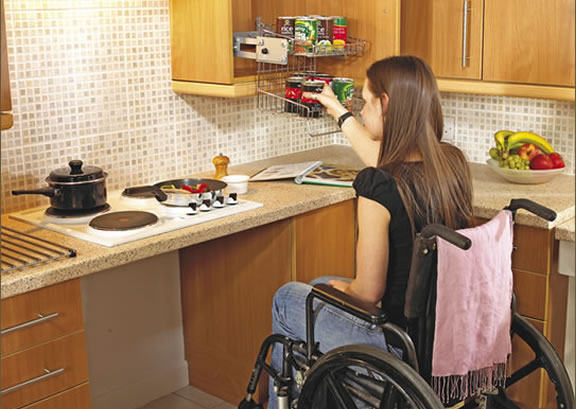Every individual has the right to live an independent life. This is especially true for individuals with disabilities who, with the help of disability home modifications, can live a life of autonomy. Disability home modifications are important for individuals with disabilities because they enable them to live a life of independence and dignity.
Increase Accessibility and Inclusion
Disability home renovation allow individuals with disabilities to live a more inclusive life. Modifications such as ramps, lifts, and other adaptive equipment make it easier for individuals with disabilities to access their homes and public places. This increases their sense of inclusion and belonging within the community.

Image Source: Google
Enhance Safety and Comfort
Disability home modifications can also improve safety and comfort for individuals with disabilities. Modifications such as grab bars, wheelchair ramps, and stair lifts can help reduce the risk of falls and injuries. In addition, modifications such as widened doorways and accessible bathrooms can make life easier and more comfortable for individuals with disabilities.
Increase Self-Esteem and Quality of Life
Disability home modifications can also have a positive impact on self-esteem and quality of life. By making homes more accessible and comfortable, individuals with disabilities can enjoy their homes more. This increased enjoyment of their homes can lead to a higher quality of life and increased self-esteem.


